What are the common faults of power battery system? New energy vehicles are changing the way of travel at a rapid pace, but the failure of power battery system has made countless car owners and maintenance workers “bald”. From high-voltage interlock failure to charging system downtime, a little carelessness may cause safety hazards! This article will deeply dismantle the maintenance secrets of the five core faults to help you quickly lock the root cause of the problem and save tens of thousands of yuan in maintenance costs!
1. High-voltage interlock failure: invisible “circuit mine”
Fatal index: ★★★★★
When the dashboard lights up “high-voltage interlock failure”, the high-voltage system may be in an “out of control” state!
- Fault phenomenon: driving power limit, unable to connect high voltage electricity, and even cause chain failures.
- Killer troubleshooting process:
1. Read the DTC fault code and locate the faulty module (such as MSD, power battery or CSC).
2. If it cannot be located, check the BMS connector and MSD item by item according to the electrical schematic diagram.
3. Key operation: disconnect the MSD manual maintenance switch, use a multimeter to measure the interlock terminal voltage, and replace the faulty module directly if abnormal!
Case warning: A certain car model had a sudden high-voltage power outage during charging due to a virtual connection of the interlock signal line of the fast charging interface, and finally replaced the high-voltage connector to solve the problem.
II. Insulation failure: the “invisible assassin” of high-voltage leakage
Fatal index: ★★★★☆
When the insulation resistance is lower than 100Ω/V, the leakage current may directly threaten personal safety!
- Three major detection methods:
1. Leakage current method: Hall sensor monitors the bus leakage current in real time.
2. Pulse signal method: inject square wave signal and calculate the insulation resistance through the voltage divider resistor.
3. Bridge resistance method: passively detect the insulation between the positive and negative poles and the ground, and accurately locate the leakage point.
- Life-saving operation:
- Be sure to wear 1000V insulating gloves before testing and disconnect the negative pole of the low-voltage battery!
- If the insulation of DC/DC or air-conditioning compressor to the ground is abnormal, replace the high-voltage wiring harness immediately!
The truth of the data: 80% of insulation failures are caused by friction damage or high-temperature aging of the wiring harness!
III. Charging system failure: slow charging and fast charging “annihilated”?
Fatal index: ★★★☆☆
The charging gun is plugged in but can’t charge? It may be these “pitfalls”!
- Slow charging troubleshooting:
1. Check the CP/CC signal resistance of the on-board charger. If the standard value deviation exceeds 5%, the BMS parameters need to be reset.
2. If the charger has no output, directly measure the rectifier input voltage. If it is lower than 200V, check the grid fluctuation.
- Fast charging instant killing skills:
- Charging pile reports insulation failure? Change the pile first! If the fault persists, focus on checking the oxidation of the fast charging relay contacts.
- Cold knowledge: When the battery temperature is <5℃, the BMS will be forced to power off, and charging can only be resumed when it is heated to above 15℃!
Fourth, communication failure: fatal paralysis caused by “disconnection” of CAN bus
Fatal index: ★★★☆☆
Black screen of instrument, data loss? CAN bus may be the culprit!
- Golden three-step method:
1. Use a diagnostic instrument to read the terminal resistance of the CAN line (normal value 60Ω). If the deviation exceeds 20%, the gateway module needs to be replaced.
2. Check the CANH/CANL voltage difference: it should be 2.5V when dormant, and the fluctuation range is 0.5~4.5V when activated.
3. The ultimate trick: segmented isolation method! Disconnect CAN nodes one by one and lock the short circuit or interference source.
Practical experience: A certain model was paralyzed due to a short circuit between the CAN line of the air conditioning controller and the ground. The whole vehicle communication was paralyzed. After cutting off the faulty wiring harness, it was repaired in seconds!
V. Maintenance blind spot: 90% of car owners ignore the “life killer”
Fatal index: ★★★★★
Not doing maintenance according to the cycle? The battery life is directly cut in half!
- A must-see for private cars:
- An air tightness test must be done every 10,000 kilometers or 1 year to prevent water from entering the battery box!
- At 80,000 kilometers, be sure to open the box to check the expansion of the battery cell, and replace it immediately if it exceeds 3mm!
- Taxi red line:
- After 100,000 kilometers, check the fuse and pre-charge resistor every 20,000 kilometers. If the aging rate exceeds 30%, it must be replaced!
Conclusion: Technological innovation ≠ sit back and relax!
Zeng Yuqun of CATL said bluntly: “High safety is the lifeline of power batteries!” Only by mastering accurate fault diagnosis logic + Only strict maintenance standards can make new energy vehicles “run farther and more steadily.”

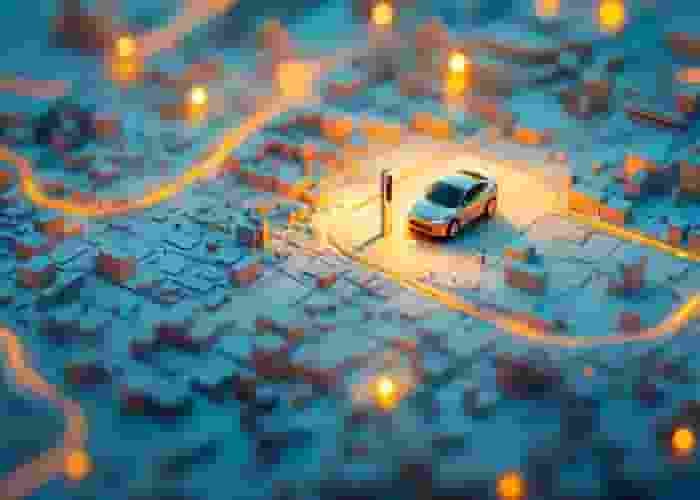
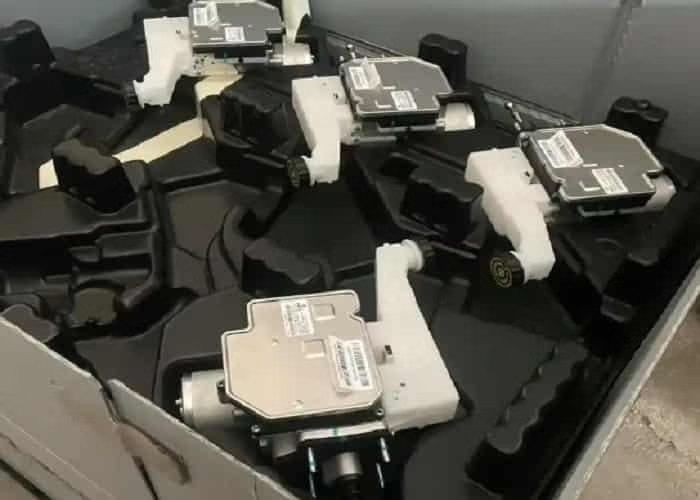
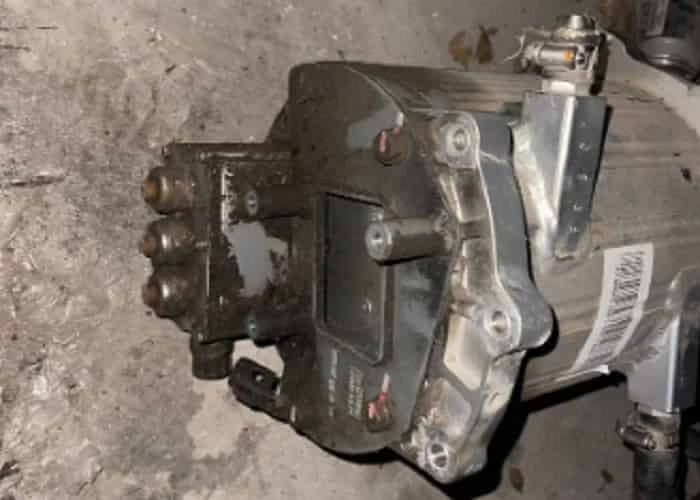

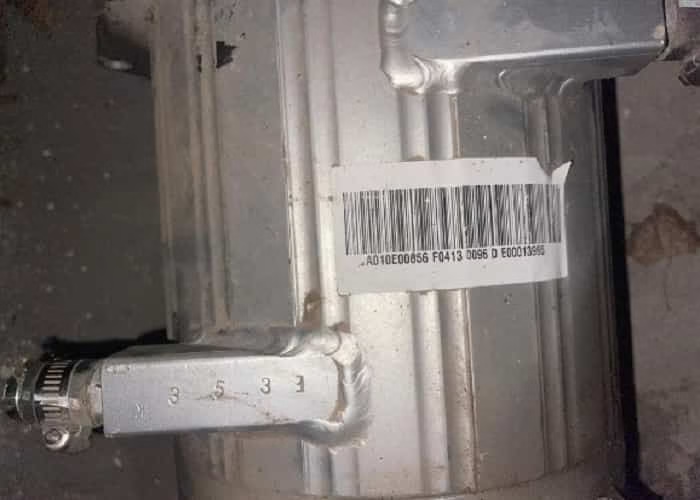
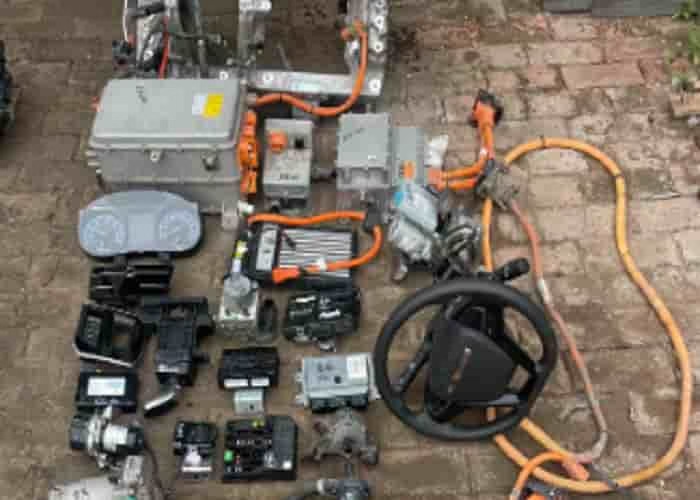

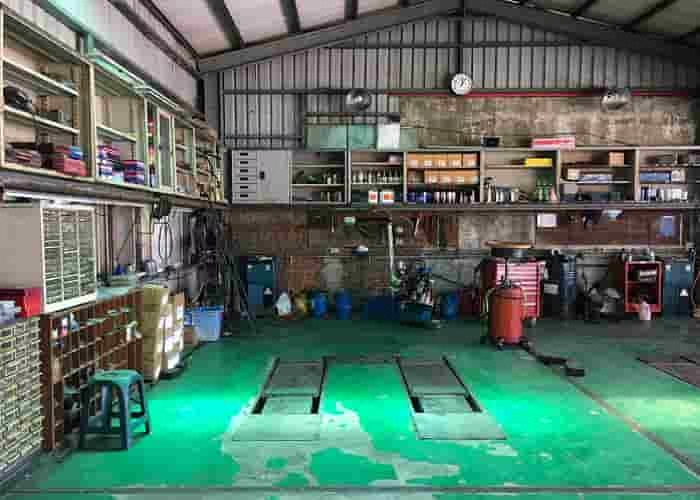
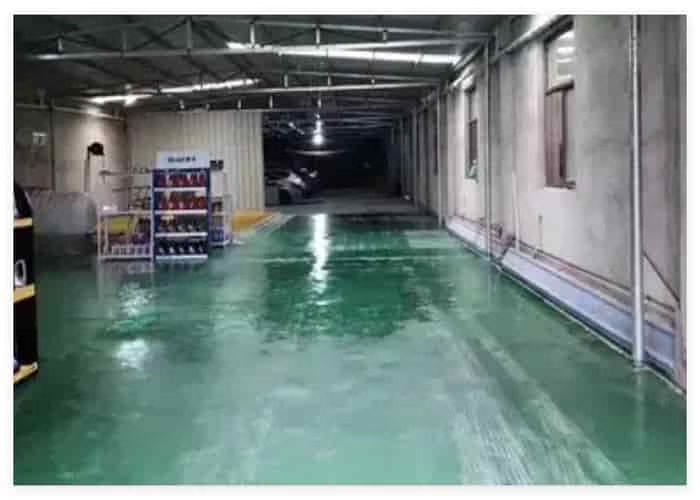






Leave a Reply